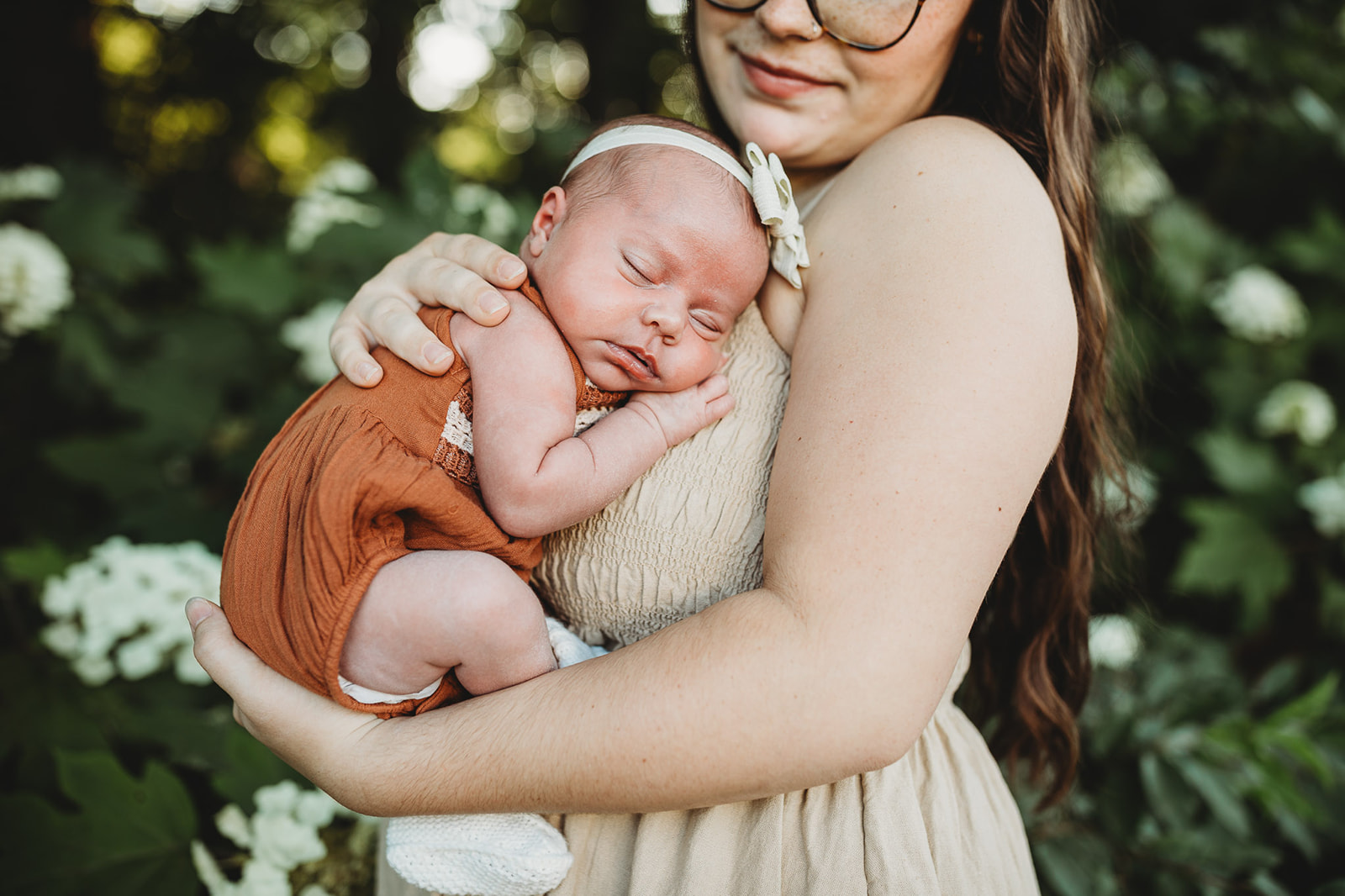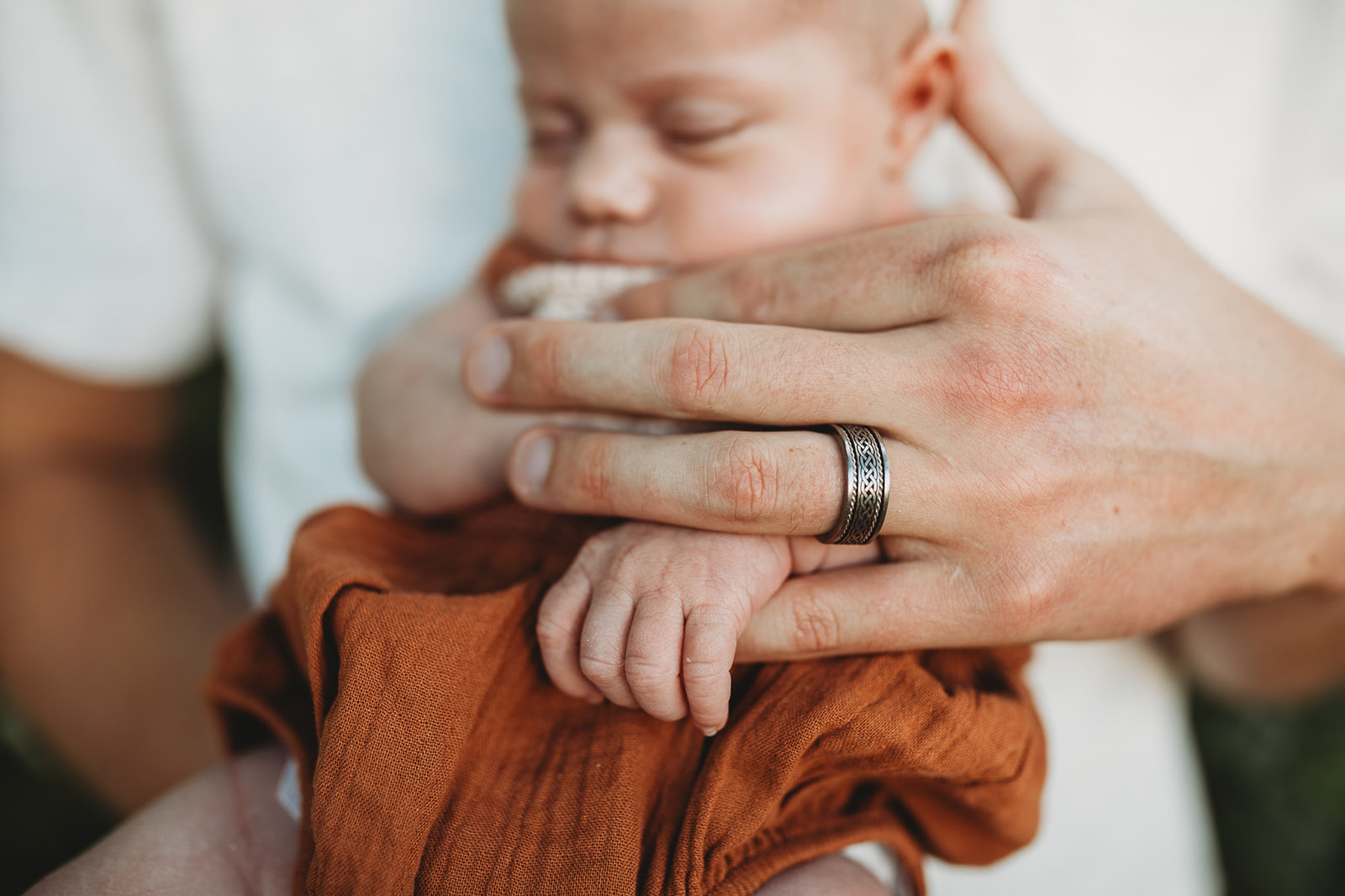Most moms go into the postpartum stage expecting it to be pretty uncomfortable. Nothing, however, can actually mentally prepare you for experiencing it firsthand. Your entire body HURTS. It hurts to sit, it hurts to lay down, and it hurts to take three steps over to the bassinet. Plus, you and your baby are trying to figure out breastfeeding, which is a challenge all on its own. It feels like you spend endless hours nursing, all while wondering if your baby is actually getting anything. Oh, and you are doing all this on, like, two hours of sleep max. You need a magic potion that can help you out on your road to recovery. That’s what placenta encapsulation in Harrisonburg, VA is for!
While this might seem like just another parenthood fad, there is a lot of research to support the benefits of this process. As a Harrisonburg family photographer, I spend a lot of time connecting with parents who have gone through this experience and have found experts they loved. Here’s everything you need to know about placenta encapsulation in Harrisonburg, VA.
Everything You Need To Know About Placenta Encapsulation In Harrisonburg, VA

What is Placenta Encapsulation?
First off, let’s talk about what placenta encapsulation actually is. While it might seem like something straight from a Gwenyth Paltrow blog, placenta encapsulation is a pretty mainstream option that’s offered in the birth world. Essentially, it’s the process of taking your placenta after delivery and turning it into an easy-to-swallow pill. While encapsulation is the most popular form of placenta consumption, you have quite a few options when it comes to preserving it. Some people choose to have handy little smoothie cubes they can keep in the freezer and chuck into the blender the next time they’re mixing up some acai with some greens. Others choose to steam it up and add it to other foods, kind of like how you hide veggies in kids’ mac and cheese. Placenta encapsulation just tends to be the favorite because, to be honest, it’s the easiest way to stomach it.

Many Ways To Benefit From Placenta Encapsulation
When you decide to encapsulate your placenta, you might be able to choose from several methods. The most common way tends to be the Traditional Chinese Method–or TCM, for short. With this option, your placenta will be rinsed before it’s steamed over chili, lemon, and ginger. This powerful trifecta is going to boost the benefits of the pill. You can often opt for the raw method instead, where your placenta will be sliced, dehydrated, and encapsulated. How many pills you get will depend on a few factors, including the method. On average, you can expect to get 140-200 capsules that you will take up to 3 times a day for several weeks.
The most important thing to keep in mind with all of this is that you need to find someone who is certified to do this work. Placenta encapsulation needs to be done using food-safe methods since it is possible for bacteria to enter the placenta if things are not done correctly. When you find your person, don’t be afraid to ask them about their methods and their certification. That way, you can guarantee you and your baby both have the best start to the postpartum stage.

What Are The Benefits?
Okay, so why would you eat your placenta? There can be a ton of benefits to this process. For starters, your hormones right now are taking a ride on the wildest roller coaster with no end in sight. Placenta capsules can really help you out with this process by regulating the hormones and giving your body a little extra help while things get leveled out. Many researchers think placenta pills can decrease your chance of developing postpartum mood disorders, including postpartum depression and anxiety. And when you can fight off those concerns, you have a much better chance of bonding with your baby.
Next, a lot of moms report increased energy levels. While, yes, you probably aren’t going to wake up from your interrupted night singing like Julie Andrews on the top of the Alps, the sleep you do get will be more restful, and you won’t be nearly as fatigued all day long.
These pills are also going to be huge when it comes to your general recovery. They are loaded with vitamins that can help your body with everything from decreased pain to returning your uterus back to its pre-pregnancy size. A lot of moms experience higher iron levels and less postnatal bleeding thanks to placenta encapsulation. Plus, you are likely going to have an increase in your milk supply. Those feedings are going to be a little smoother and way more filling for your little one.
Where You Can You Get Placenta Encapsulation in Harrisonburg, VA

Brookhaven
1461 Brookhaven Dr., Harrisonburg, Virginia 22801
If you are convinced you want to try out placenta encapsulation, the first step is to find a center that will make sure the process is done right. For that reason, I always recommend Brookhaven. This fabulous center is dedicated to making sure parents have all the resources they need as they enter into motherhood. The midwife-run birth center is passionate about providing parents with options. While they do offer special placenta encapsulation offers to clients using the center, they welcome anyone to use their service following delivery.
Before your due date, you will talk to the center and tell them everything they need to know so they can have you on the schedule. From there, they will tell you what you can expect for pickup and delivery. The center uses the Traditional Chinese Method for their services and tries to complete the process within 48 hours following your baby’s birth. In addition to their pills, they will provide you with a 1-ounce tincture as well as placenta prints. Their goal is to treat your placenta with respect while ensuring you have a product that will benefit you for months.
You Will Love The Benefits Of Some Fantastic Placenta Encapsulation In Harrisonburg, VA
If you’ve ever wondered whether placenta encapsulation in Harrisonburg, VA was for you, hopefully, this post answered some of your questions! And if you need additional help preparing for your baby, just let me know. As a motherhood photographer, I adore working with parents to create memories that will last them for years. From maternity to newborn sessions, I am there through it all. If you would like to learn more about planning your session, send me a message today so you can decide if my style matches yours!
